Missile Launching CFD Simulation Using Dynamic Mesh – ANSYS Fluent Tutorial
Missile Launching CFD Simulation Using Dynamic Mesh – ANSYS Fluent Tutorial
- Upon ordering this product, you will be provided with a geometry file, a mesh file, and an in-depth Training Video that offers a step-by-step training on the simulation process.
- For any more inquiries regarding the product, please do not hesitate to reach out to us at info@CFDLAND.com or through our online support assistant.
€190.00 Original price was: €190.00.€175.00Current price is: €175.00.
This study explains how to accurately model missile launching physics using ANSYS Fluent’s dynamic mesh capabilities. Missile launch simulation is critical for predicting the complex interactions that occur during the first moments of flight when the rocket motor ignites inside a confined launch tube or canister. These crucial launch transients create extreme conditions including blast wave propagation, plume impingement on nearby structures, and complex gas dynamics that determine missile trajectory success. Our detailed missile launching CFD approach captures the full ignition sequence with precise modeling of multi-phase flow containing hot gases and particles that form the rocket exhaust plume. The simulation reveals critical engineering data like thermal loads on launch platforms, pressure wave formation inside launch tubes, and acoustic impacts that can affect nearby equipment. Understanding these missile launch dynamics helps engineers design better launcher systems with improved blast deflectors and thermal protection while ensuring launch safety. The following reference papers were our guide through this study:
- Reference [1]: Fu, Debin, and Yong Yu. “Simulation of gas flow and additional thrust with missile launching from concentric canister launcher.” Proceedings of the Institution of Mechanical Engineers, Part G: Journal of Aerospace Engineering12 (2013): 1977-1987.
- Reference [2]: Fu, Debin, and Haipeng Hao. “Investigations for missile launching in an improved concentric canister launcher.” Journal of Spacecraft and Rockets5 (2015): 1510-1515.

Figure 1: Schematic of standard CCL [2]
Simulation Process
For our missile launching model, we created an axisymmetric geometry representing both the missile body and launch tube. The missile has a streamlined nose cone, cylindrical body, and a converging-diverging nozzle at the rear where hot gases exit. The launch tube surrounds the missile with small clearance gaps that are critical for capturing the correct flow behavior. We generated a high-quality unstructured mesh with ANSYS Meshing, creating denser grid regions near the missile surface, tube walls, and in the nozzle area where high gradients occur. Since the missile moves through the domain during launch, we implemented Dynamic Mesh techniques including smoothing and remeshing. The smoothing method allows mesh nodes to shift position as boundaries move, preserving mesh quality during small deformations. For larger movements, automatic remeshing activates to regenerate cells that become too distorted, particularly in the wake region behind the missile.
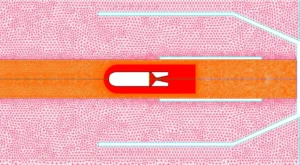
Figure 2: Mesh generated for different regions
Post-processing
Powerful vortices form behind the missile’s fins! Looking at the stream function contours, maximum values reach 44.26 kg/s (pink regions) in the two symmetric vortices that develop in the launch tube corners. These counter-rotating structures show how the high-pressure gases from the missile’s exhaust get trapped and recirculate within the confined space. Along the missile body itself, the streamlines remain nearly parallel, indicating attached flow despite the challenging launch conditions. Notice how the flow separates immediately after passing the missile fins, creating a low-pressure wake region. The simulation captures precisely how the propellant gases expand as they exit the nozzle and interact with the tube walls – critical information for designing thermal protection systems. Without proper modeling of these flow patterns, launch tube damage from hot gas impingement remains a serious risk.
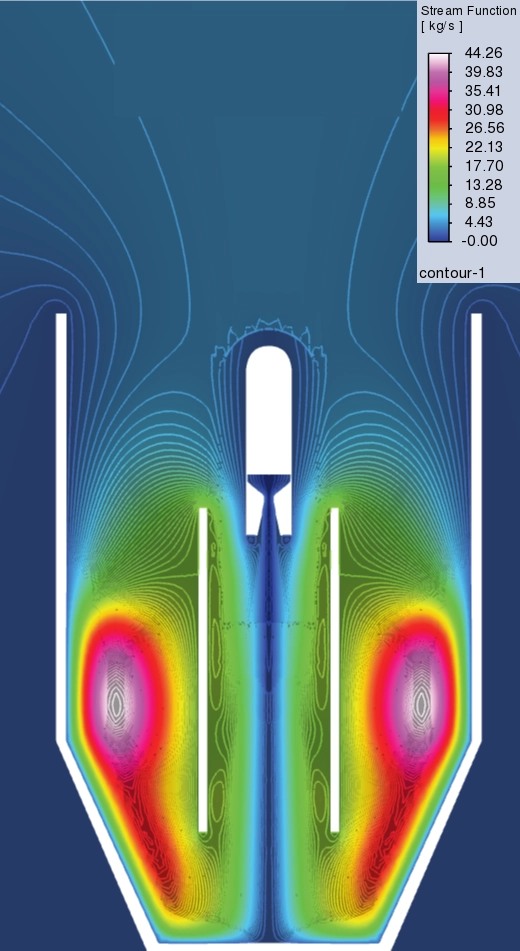
Figure 3: Stream Function Visualization During Launch
Missile exhaust reaches over 2,000 meters per second! The velocity magnitude field shows incredible speed variation from stationary air (dark blue) to supersonic exhaust (bright pink). Right at the nozzle exit, a characteristic shock diamond pattern forms where the exhaust gases alternate between expansion and compression – a textbook example of supersonic flow physics captured perfectly by the simulation. Downstream, the plume gradually dissipates as it mixes with ambient air, forming a high-speed jet extending several missile lengths. Note how the highest velocities concentrate in a narrow core region immediately aft of the nozzle, reaching 2,056 m/s (about Mach 6). The plume structure affects everything from missile stability to infrared signature, making this data invaluable for both designers and operational planners. These results help engineers optimize nozzle geometry and predict potential thermal damage to surrounding equipment during actual launch sequences.
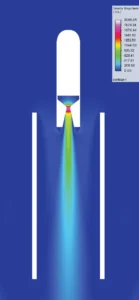
Figure 4: Supersonic Exhaust
We pride ourselves on presenting unique products at CFDLAND. We stand out for our scientific rigor and validity. Our products are not based on guesswork or theoretical assumptions like many others. Instead, most of our products are validated using experimental or numerical data from valued scientific journals. Even if direct validation isn’t possible, we build our models and assumptions on the latest research, typically using reference articles to approximate reality.
Yes, we’ll be here . If you have trouble loading files, having technical problems, or have any questions about how to use our products, our technical support team is here to help.
You can load geometry and mesh files, as well as case and data files, using any version of ANSYS Fluent.
€195.00 Original price was: €195.00.€165.00Current price is: €165.00.

€140.00 Original price was: €140.00.€85.00Current price is: €85.00.

€235.00 Original price was: €235.00.€155.00Current price is: €155.00.

€250.00 Original price was: €250.00.€195.00Current price is: €195.00.

€180.00 Original price was: €180.00.€135.00Current price is: €135.00.

€140.00 Original price was: €140.00.€125.00Current price is: €125.00.


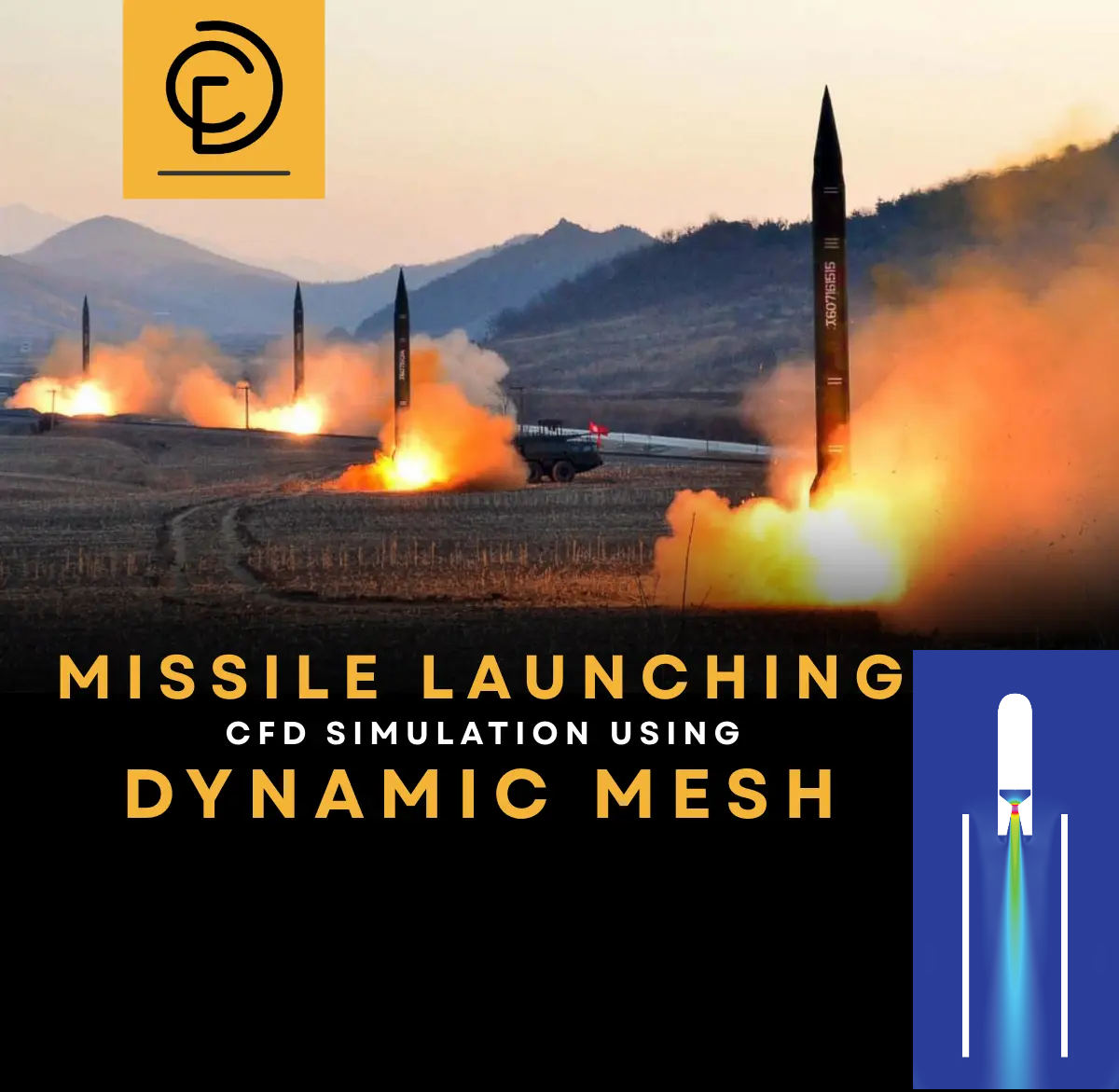
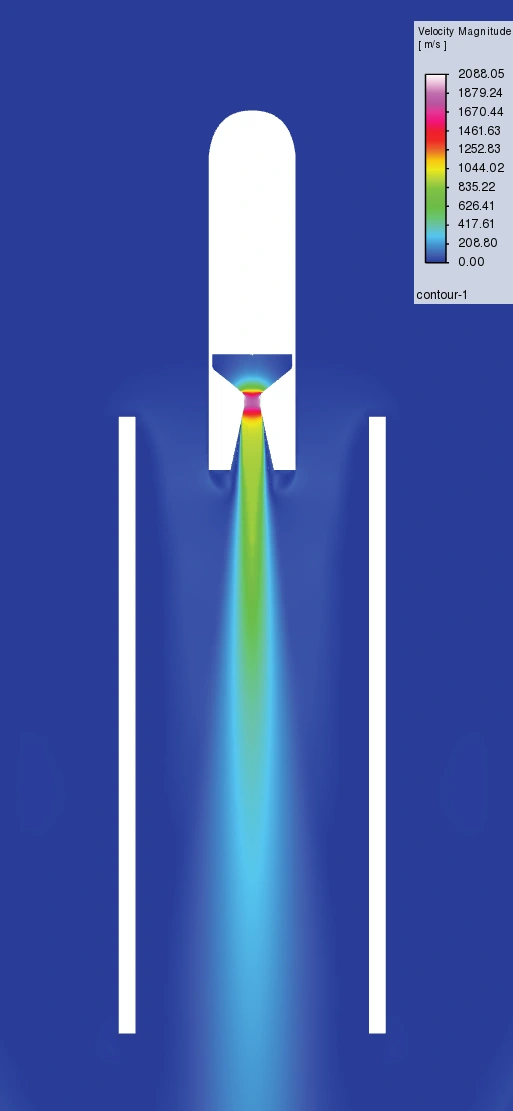
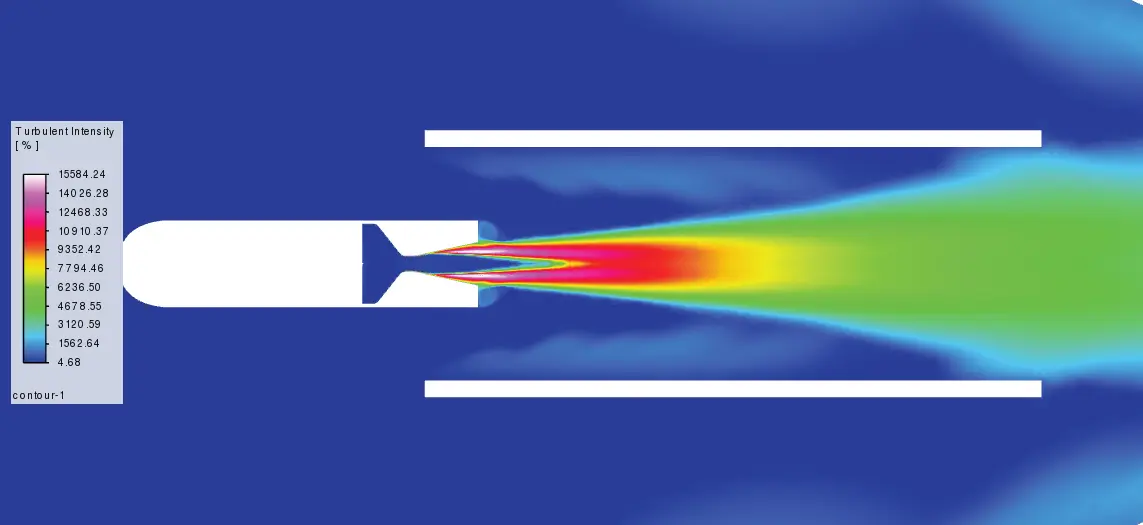
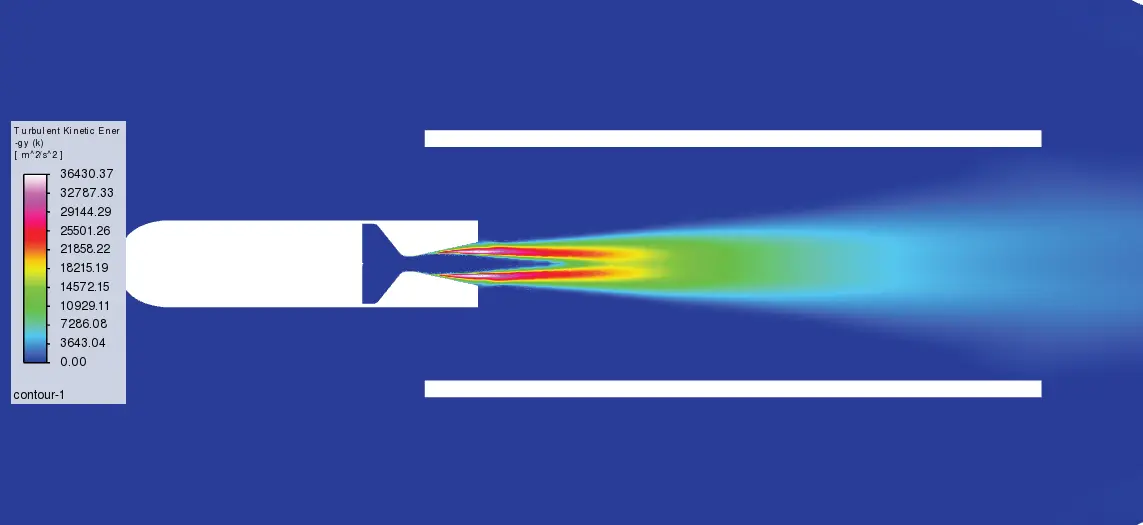






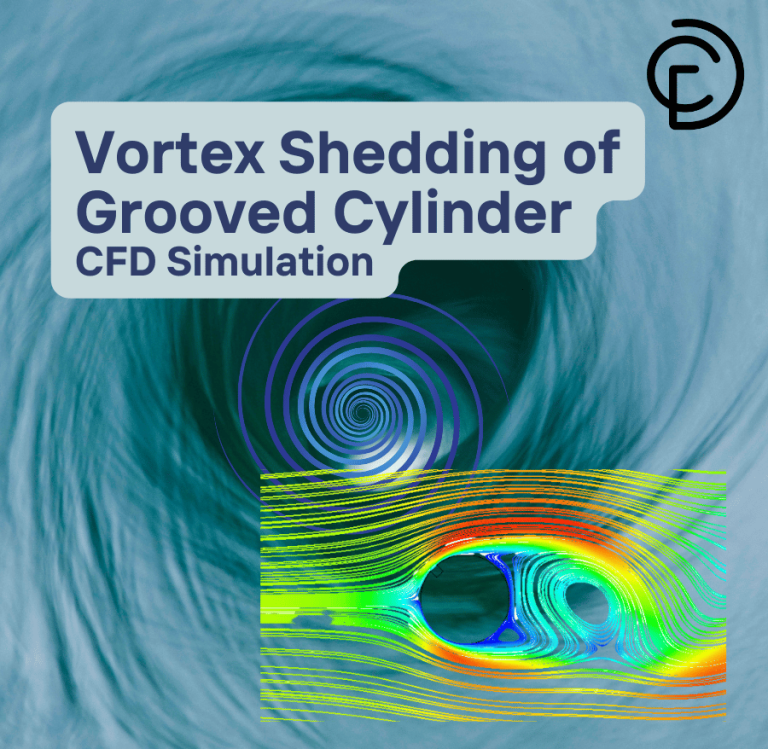
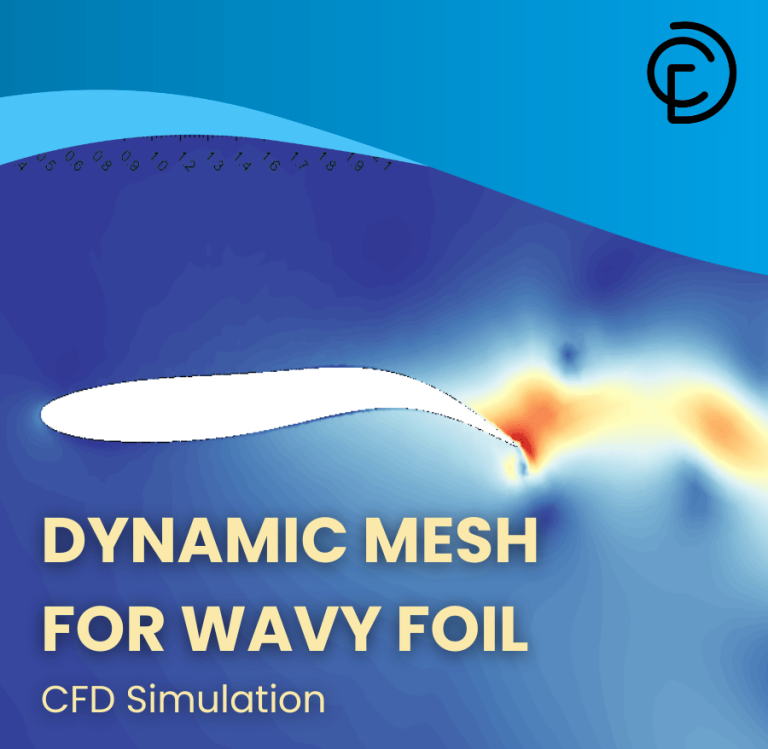
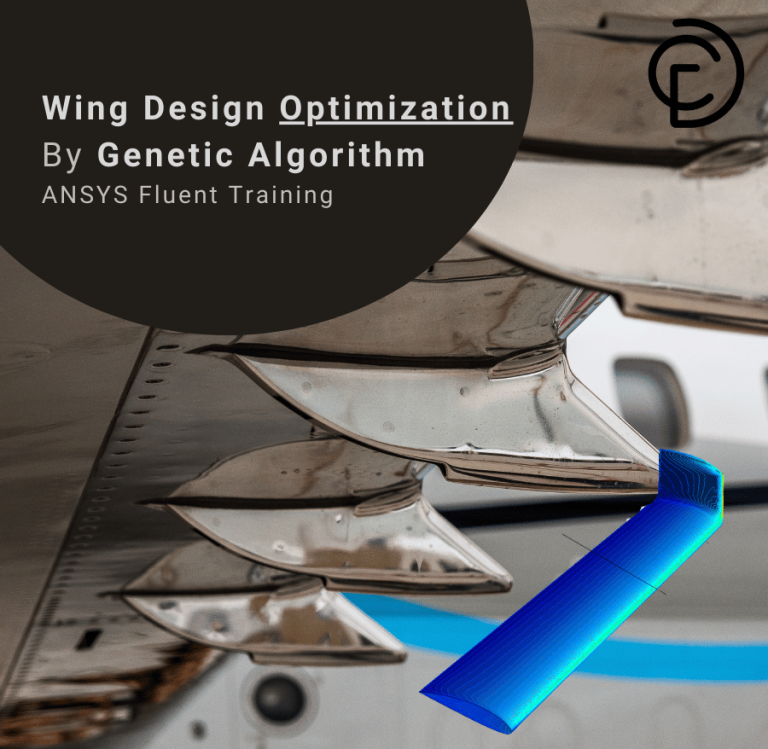
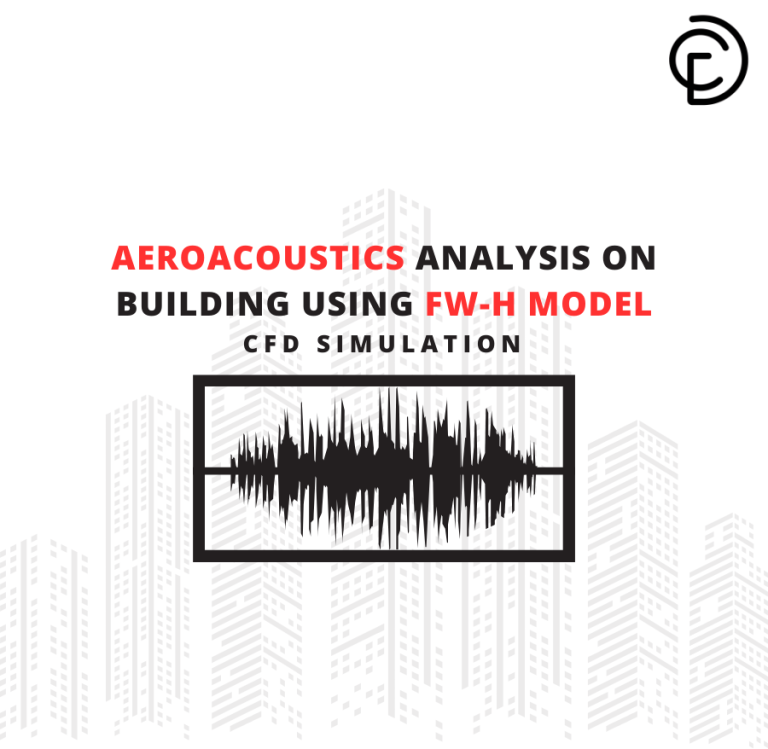

Reviews
There are no reviews yet.